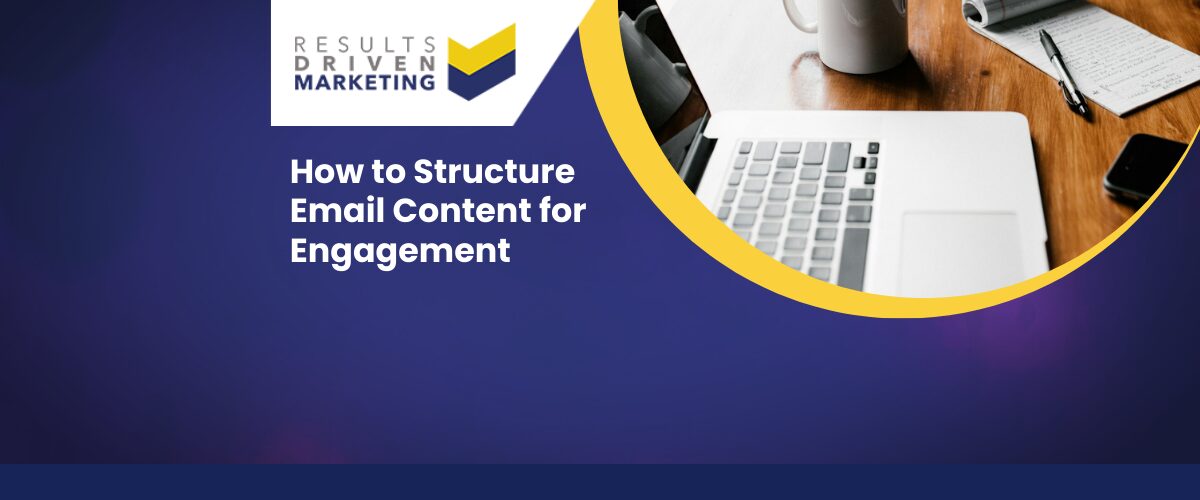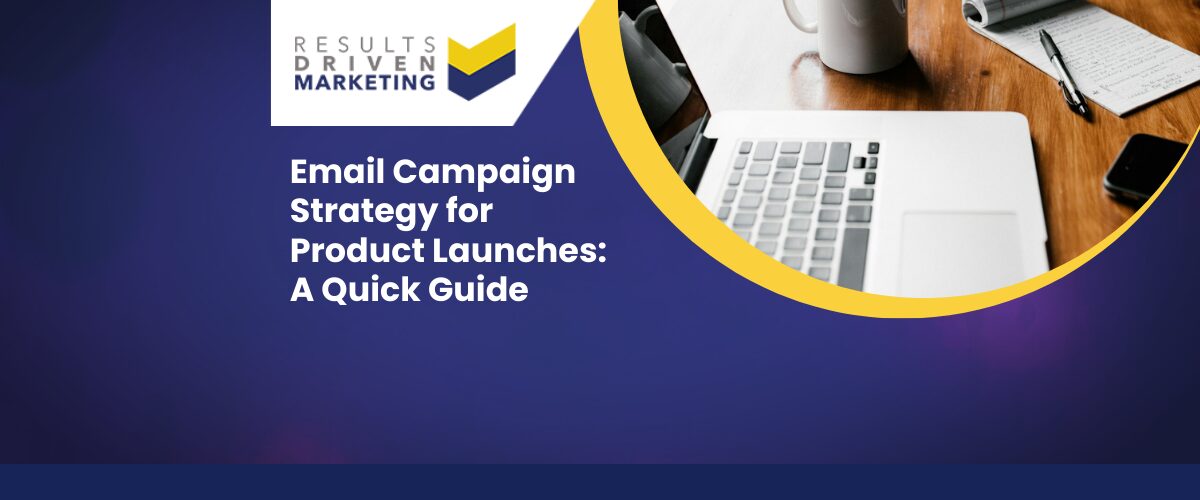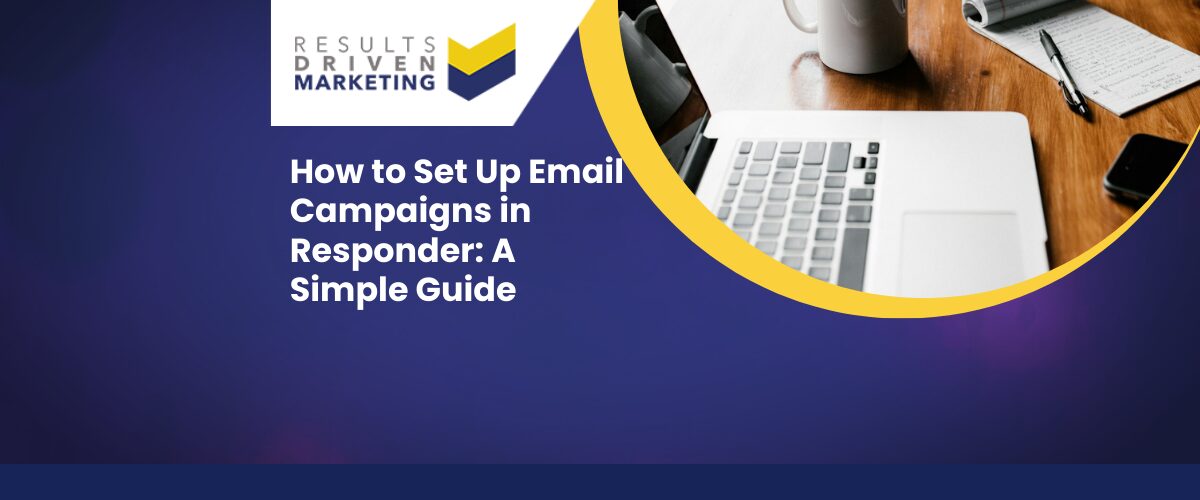
How to Structure Email Content for Engagement
How to structure email content for engagement is a question many UK SMEs are asking—especially when you’ve invested in a quality B2B data list but aren’t seeing the replies or clicks you hoped for.
The problem often isn’t what you’re saying—it’s how you’re saying it. A well-structured email grabs attention, builds interest quickly, and makes it easy for your reader to take action. A poorly structured one? It gets deleted before the first scroll.
Whether you’re sending cold outreach or following up with warm leads, the way you structure your message can make or break the results. Long blocks of text, vague intros, or confusing CTAs will cost you engagement.
In this guide, we’ll show you how to lay out your emails for maximum impact. These are practical, proven tips designed for SME decision-makers who want better results from every send.
Let’s help your emails get opened, read, and acted on.
Table of contents:
Why Structure Matters in B2B Email Campaigns
If you want to know how to structure email content for engagement, the first thing to understand is this: structure isn’t about being fancy—it’s about being clear.
Busy People Skim, Not Read
Your prospects—business owners, sales directors, marketers—don’t have time to read a wall of text. If your message isn’t easy to follow at a glance, they’ll close it.
A strong structure makes your email:
-
Easier to skim
-
Easier to understand
-
Easier to act on
Poor Structure Kills Engagement
When emails ramble, bounce between points, or overload the reader with info, they lose momentum. You might have the right offer—but if it’s buried in a messy format, it won’t land.
Structure Creates Flow
A good structure leads your reader from curiosity to clarity to action. It does the heavy lifting so your words don’t have to work as hard.
If engagement is the goal, structure is your first step.
The Ideal Structure of a B2B Email
If you’re learning how to structure email content for engagement, think of your email like a short story with a clear beginning, middle, and end. Each part has a job—and when they’re all working together, your chances of getting a reply go way up.
Subject Line
-
Keep it short (under 50 characters)
-
Make it specific or curiosity-driven
-
Set the tone without overselling
Example: “Quick question about your lead generation”
Personal Opening Line
-
Make it feel like it’s written for them
-
Reference a shared pain point, industry trend, or common goal
Example: “I work with a lot of SME sales teams trying to reach more decision-makers…”
Value Statement
-
Focus on what they gain, not what you offer
-
Keep it direct and benefit-driven
Example: “We help businesses like yours get more replies from cold outreach using accurate, targeted data.”
Social Proof or Relevance Clue
-
Add one line to show you’re credible or relevant
Example: “We recently helped a Newcastle-based agency boost campaign replies by 40%.”
Clear Call to Action
-
Make it easy to say yes
-
One CTA only—keep it light
Example: “Shall I send over a quick count of who you could target?”
Sign-Off
-
Keep it friendly, confident, and human
Example:
Best regards,
Iain
Results Driven Marketing
Each part is short, clear, and focused—designed to move the reader to the next step without effort.
Formatting for Readability and Engagement
Once you’ve nailed the structure, how your email looks matters just as much. If you’re serious about how to structure email content for engagement, make sure your layout doesn’t get in the way of your message.
Break It Into Short Paragraphs
-
Aim for 1–3 lines per paragraph
-
Avoid big blocks of text—they scare people off
-
White space makes your email easier to skim
Use Bold or Bullet Points (Sparingly)
-
Highlight the most important benefit or result
-
Don’t overdo it—just enough to guide the eye
Make It Mobile-Friendly
Most decision-makers read emails on their phones. That means:
-
Use shorter sentences
-
Keep key info “above the fold” (in the first few lines)
-
Avoid wide tables, large images, or cluttered formatting
A well-formatted email looks professional—and that boosts trust and action.
What Not to Do in Your Email Structure
Knowing how to structure email content for engagement isn’t just about what to include—it’s also about what to avoid. Even a strong message can fail if the structure gets in the way.
Don’t Overload the Reader
Cramming too much into one email makes it hard to read and harder to act on. Stick to one key message and one clear outcome.
Don’t Use Multiple CTAs
Asking for too much (a meeting, a demo, a reply, a download) confuses the reader. Pick one call to action and keep it simple.
Avoid Passive or Vague Language
Phrases like “We were just reaching out to see if you might be interested…” sound unsure. Be confident and clear about what you’re offering and why.
Don’t Forget Who It’s For
Write for your reader, not yourself. Focus on their problems, their outcomes, and how your message helps them move forward.
Clean, focused structure = better results.
Why Choose Results Driven Marketing
At Results Driven Marketing, we don’t just talk about how to structure email content for engagement—we help you make every email count, starting with the right data.
Data That Supports Better Email Structure
A strong message needs the right audience. We supply clean, targeted B2B data tailored to your goals—by industry, job role, region, or company size. That means your structured email reaches the people who are most likely to care.
Delivered Fast and Ready to Use
We know speed matters. That’s why we deliver your data via secure files—formatted and campaign-ready—within 24 hours.
Support From Real People
You’ll speak to real experts who understand B2B marketing—not a chatbot or generic sales rep. We’ll help you match your message to your ideal audience.
Built for Results
Whether you’re improving cold outreach or scaling follow-up campaigns, we provide the tools and guidance to get your emails opened, read, and replied to.
Explore our email lists or contact us to get started.
Final Thoughts: Structure Is the Shortcut to Results
If you’ve been wondering how to structure email content for engagement, the answer isn’t complicated—it’s about making your message easy to follow and hard to ignore.
Clear structure makes your emails:
-
Easier to read
-
Easier to act on
-
More likely to get replies
You don’t need to be a copywriter. You just need a clear subject line, a short intro, a strong value point, and one call to action. Simple structure, clean layout, and the right audience—that’s the formula.
At Results Driven Marketing, we help UK SMEs turn good emails into great results. Whether you’re writing your first campaign or improving an existing one, we’ll make sure your emails get to the right people, with the right message.
Want help getting your next campaign off the ground? Contact us—we’re here to help.
Results Driven Marketing
Accurate B2B data tailored for email, phone, and direct mail
📍 Newcastle, UK | 📞 0191 406 6399
rdmarketing.co.uk





